Back to
Bastion
Returning to Afghanistan
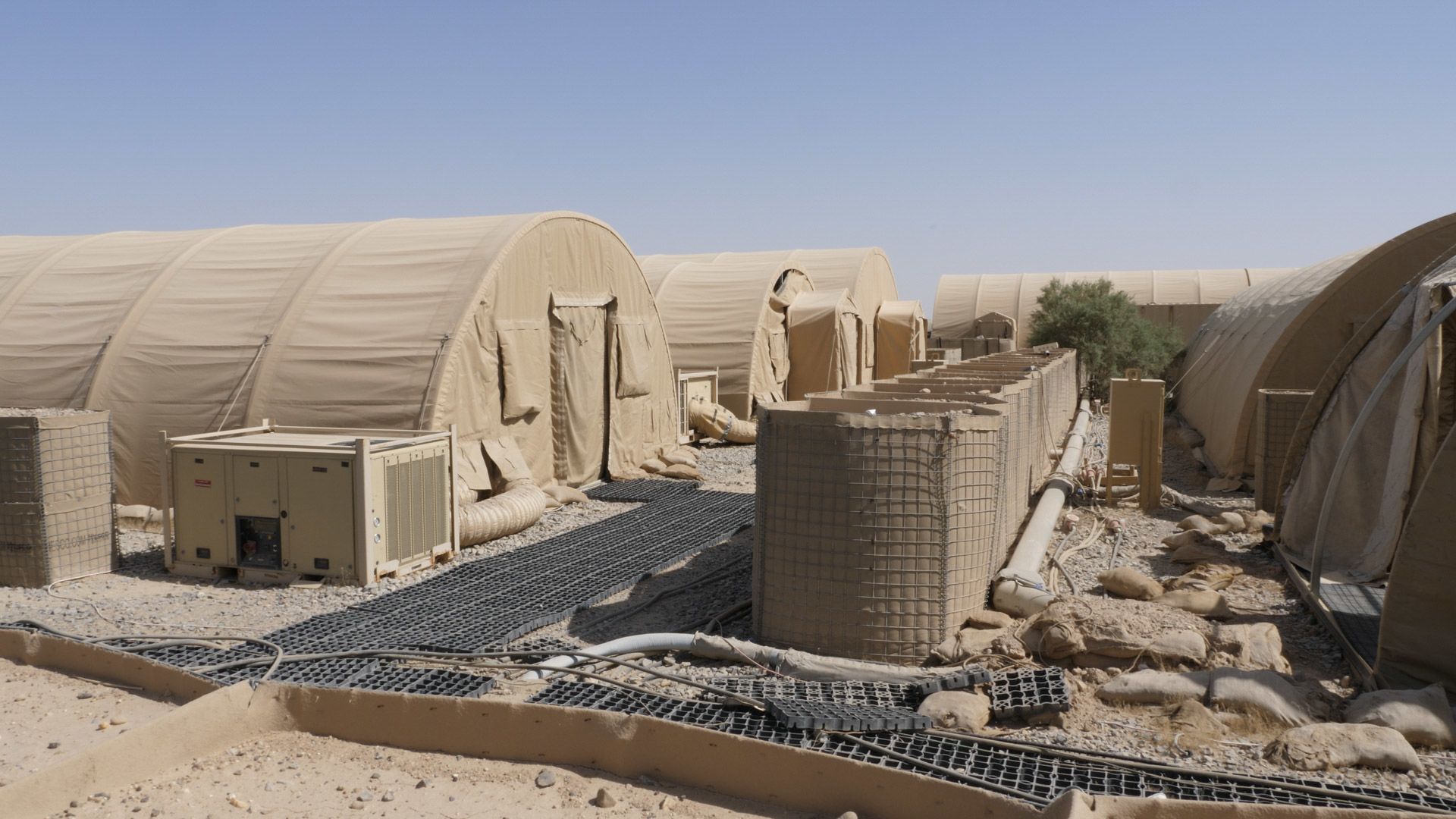
For nearly a decade it was the epicentre of Britain’s war in Afghanistan - a huge military city built in the midst of the dusty Helmand desert.
Camp Bastion and its adjoining US and Afghan camps once housed 30,000 people, the UK’s largest overseas base since the Second World War.
The perimeter fence ran for 40 km – roughly the size of Reading - and the airfield was busier than any UK regional airport.
It even had its own laws and speed limits.
In October 2014 British and American soldiers left and Bastion (and the adjoining US base Camp Leatherneck) were dismantled and handed over to the Afghan National Army who renamed it Camp Shorabak.
I first visited Bastion in 2012 and spent three months working there as a journalist, filming British troops across Helmand.
It was a busy, functional place filled with troops, armoured vehicles and the constant drone of helicopters.
Returning six years later – this time to make a film about the US Marines – was an eerie experience.
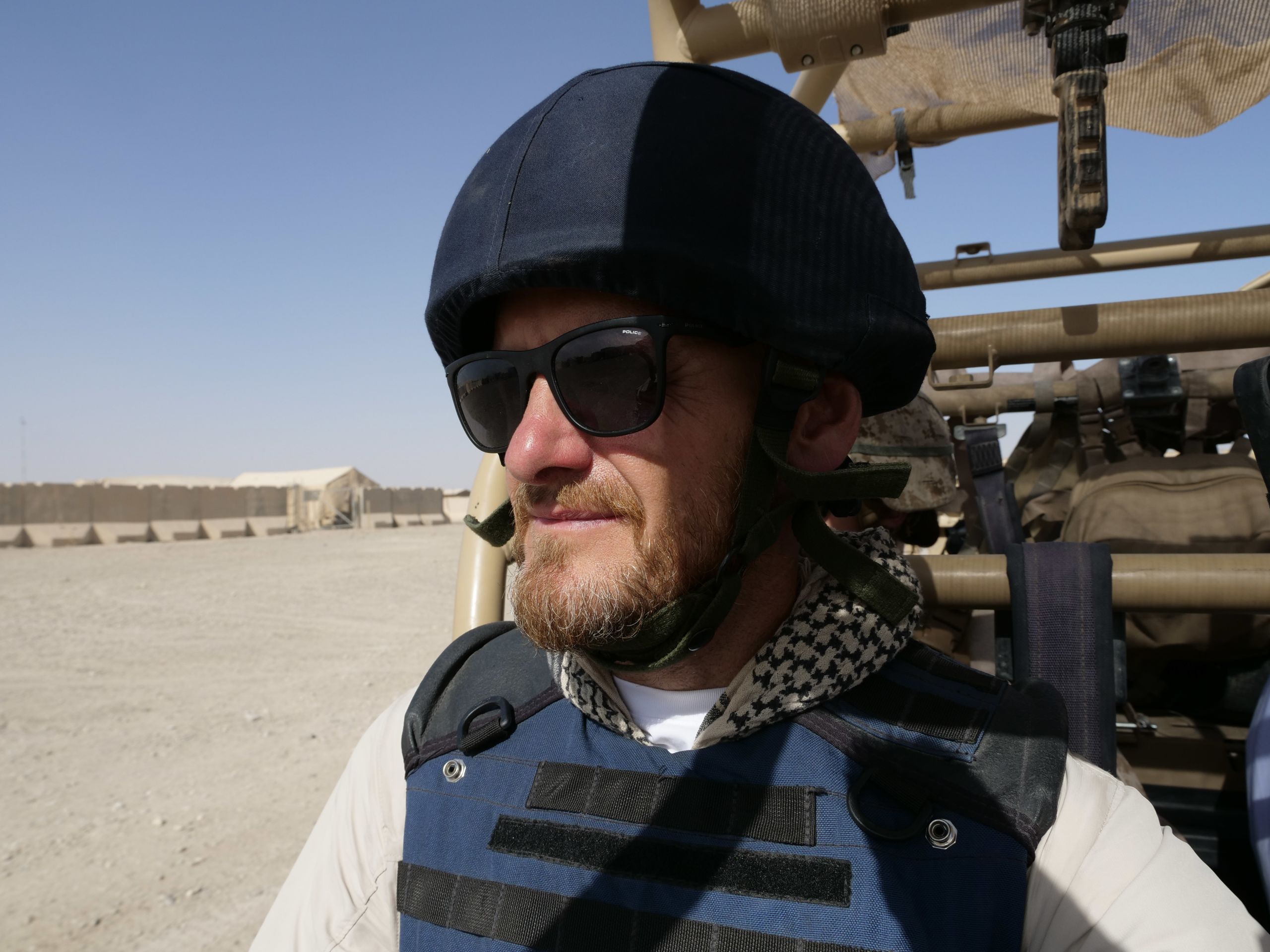
As we taxied along the runway you could see the old aircraft hangars that once housed British Apache helicopters, including Prince Harry’s, their roofs hanging down as if peeled off by the blistering sun.
There were actually four Bastions - Bastion 0 where contractors were based; 1 and 2 where the military lived and worked; and Bastion 3 which was used as a training area.
Our studios were in Bastion 2, close to a coffee shop, the Naafi supermarket and a huge dining facility, known to the troops as the ‘dfac’.
The paved roads leading to Bastion 2 remain but the base itself has been levelled, turned into a training area.
Along the roadsides, the Afghans have planted saplings creating a bizarre tree-lined avenue of nothingness.
Many of the remaining buildings have been completely trashed. Anything worth salvaging – from air conditioning units to copper wire – has been stripped.
You can still find the odd ‘UK Asset’ sticker on an electricity junction box or a prefab building but there is remarkably little evidence of the thousands of British troops who once lived here.
Bastion 1 does contain a few more signs of life.
Many of the tents remain, empty but in remarkably good condition.
In one still stands a big industrial washing machine once used by contractors.
Still there too is Bastion’s hospital where scores of British casualties were treated.
Many lives and limbs were saved here by remarkable medical staff.
For hundreds of others, injured by IEDs or in gun battles with the Taliban, this was sadly a final destination.
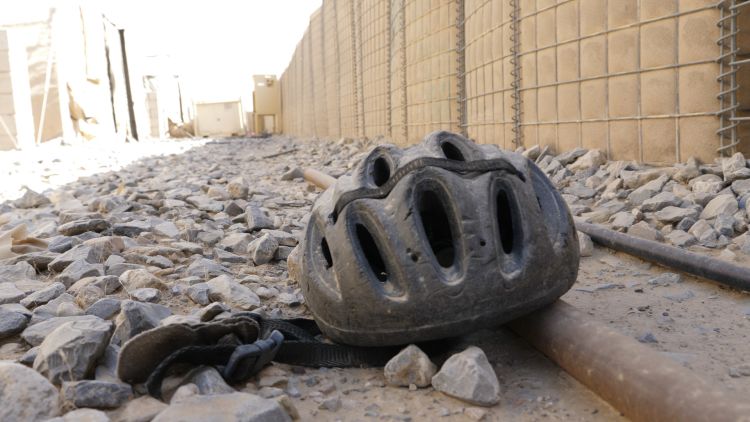
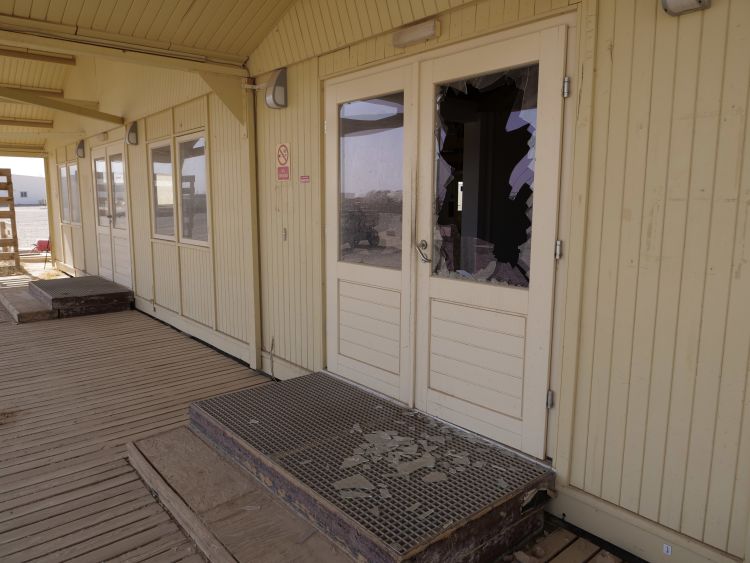
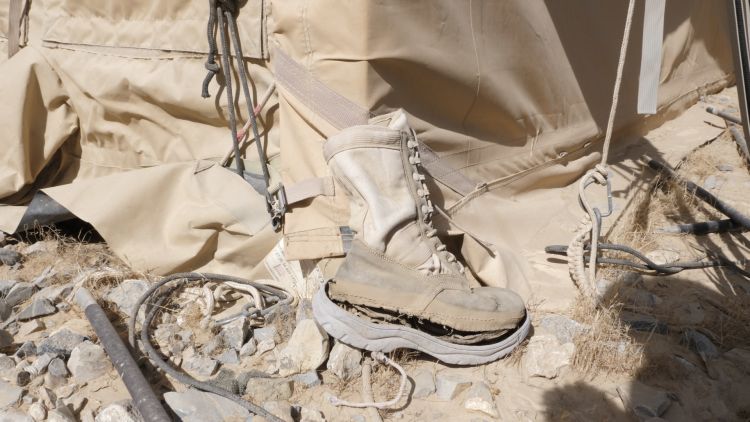
The hospital itself has been stripped, only a white board listing ‘names’ and ‘duties’ signals what it once was.
Nearby is Bastion 0 and here too the welfare buildings remain intact, the pub benches still outside as if waiting for more customers.
Dumped in the corner of an empty shop, I found another sombre reminder of the Afghan campaign.
A pile of casualty cards placed on battlefield casualties listing their injuries. A black one simply said ‘Dead’.
For several hours I toured the abandoned base – accompanied by a squad of US Marines now based inside Shorabak.
In an interview for Forces News, the most senior US General in command there describes how conditions have changed since their arrival and his belief that Afghan forces are up to the fight:
The US Marines were sent here last April to urgently train the Afghan Army after the Taliban took control of several key towns in Helmand and threatened to overrun the provincial capital Lashkar Gah.
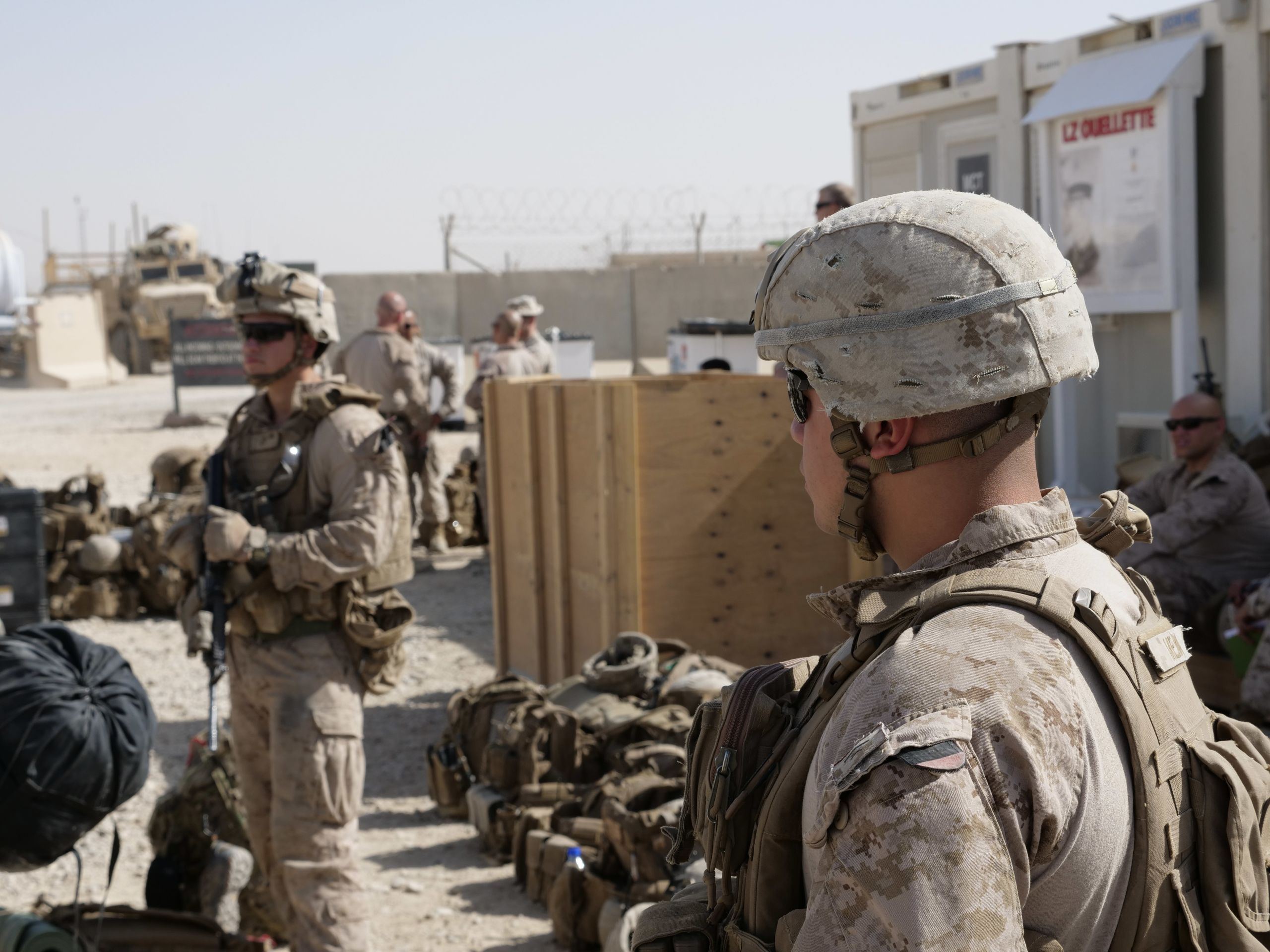
For the young Marine driving me around – a 19 year old from Tennessee – this was all history: “I was 13 when you were here Sir,” he told me in a polite Southern drawl.
Bastion cost £50m to build and £300m to dismantle eight years later.
What will become of it long term no-one seems to know, but four years after the troops left, this vast ghost town stands as a monument to Britain’s war in Afghanistan.
While outside the wire the Taliban remain – resurgent and stubbornly undefeated.
